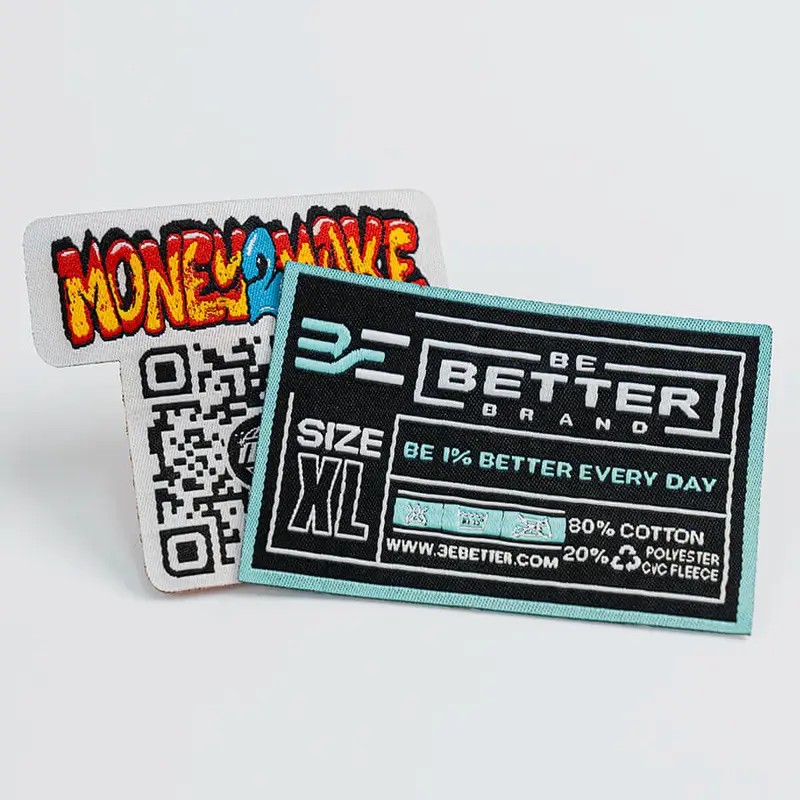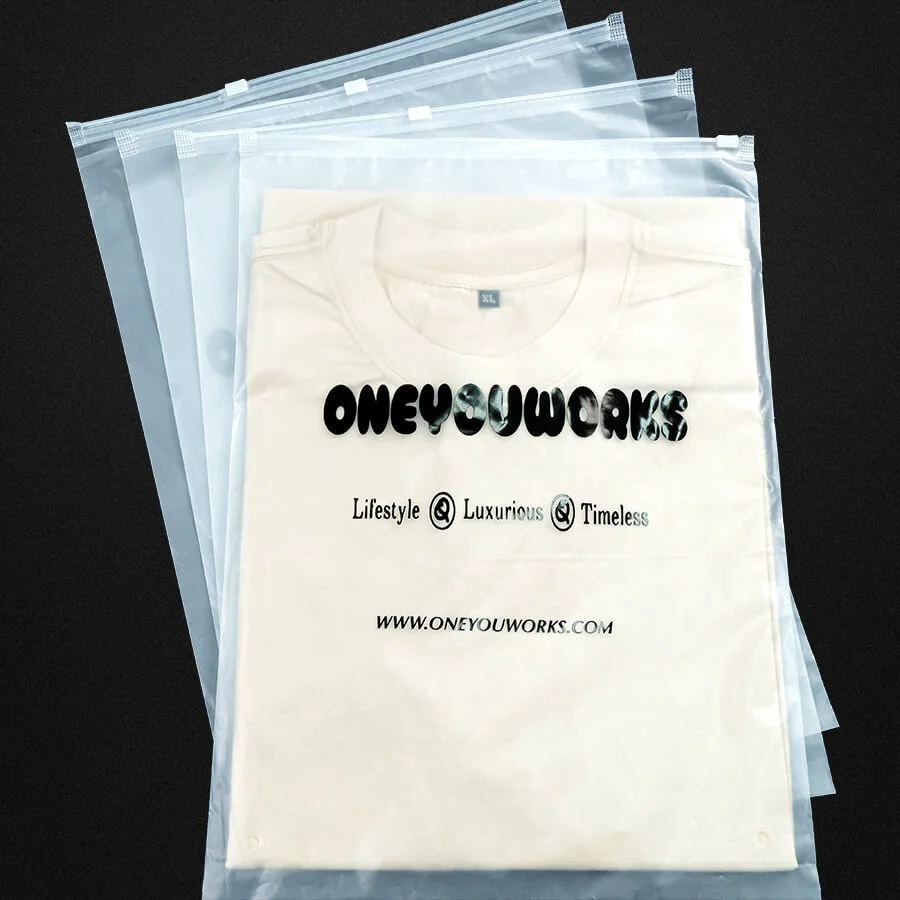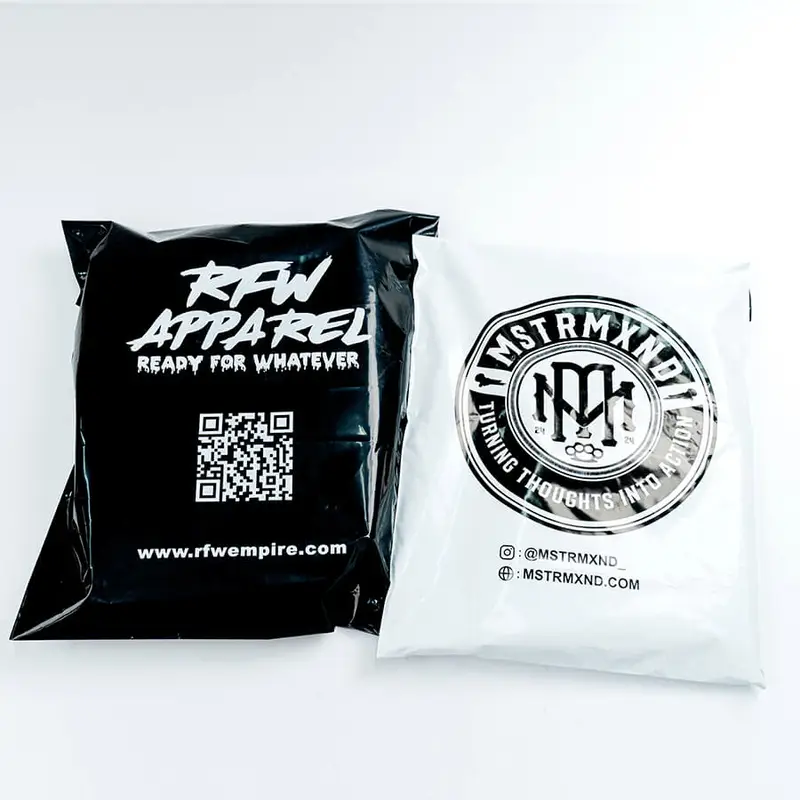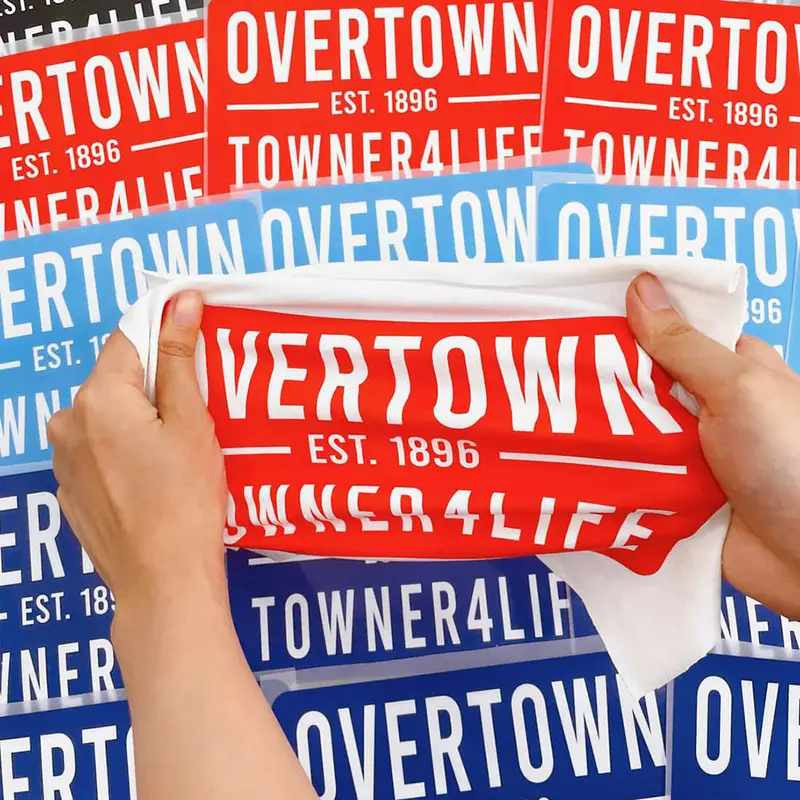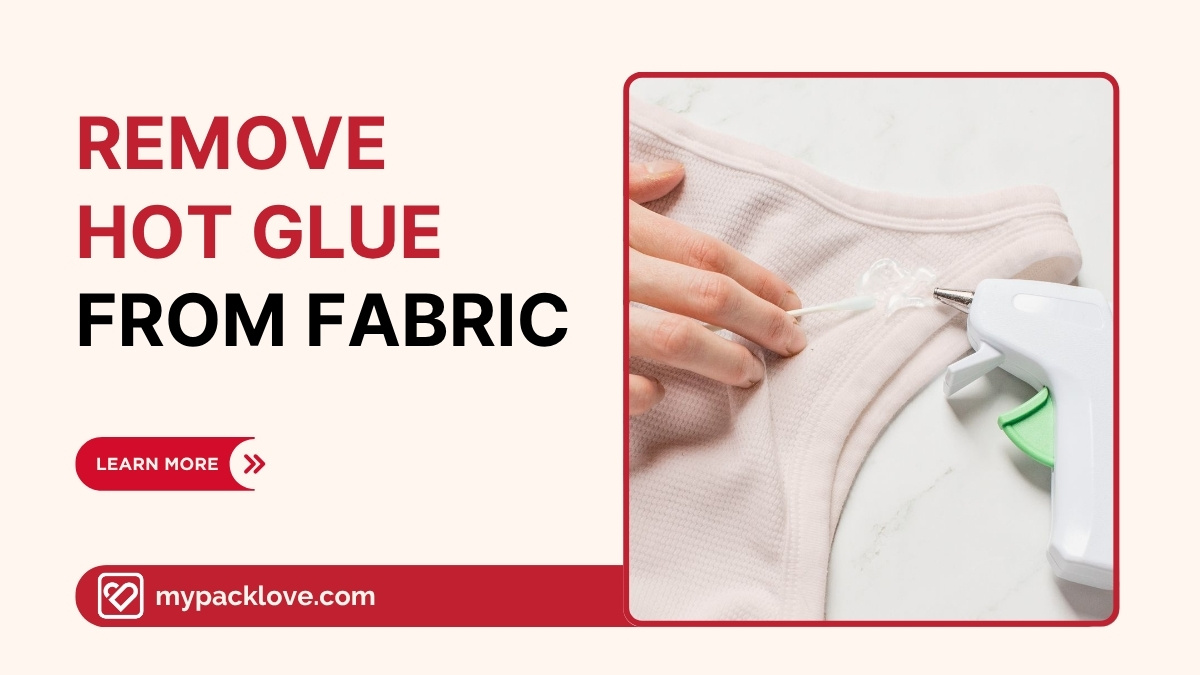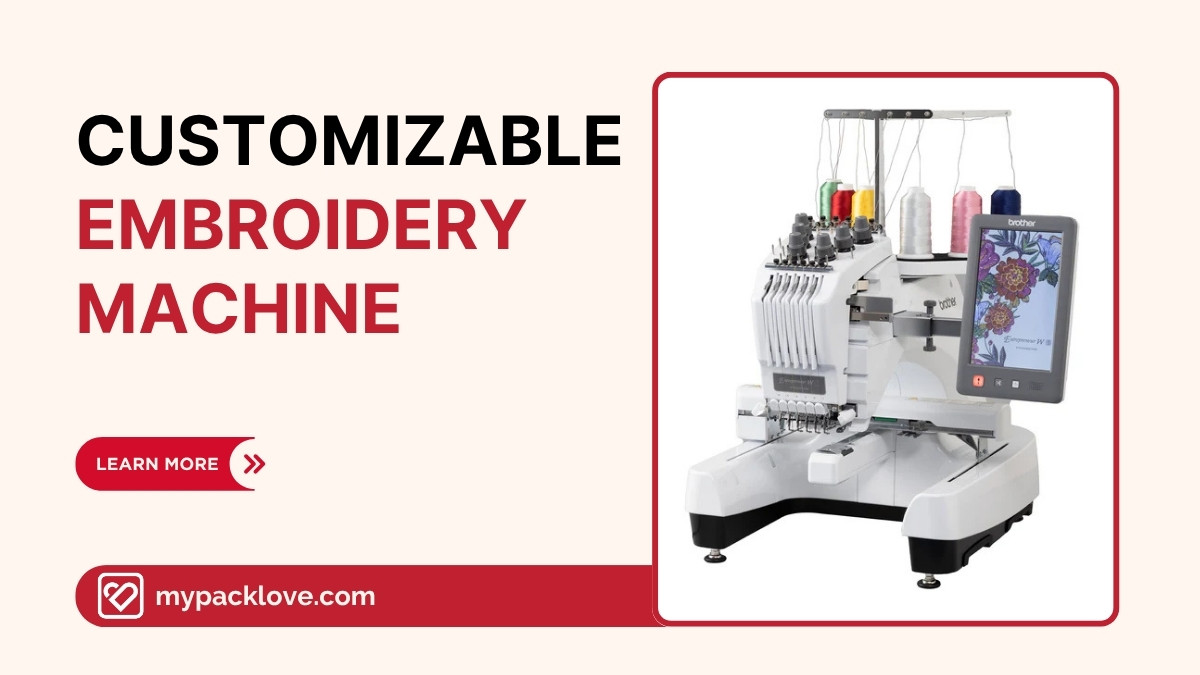How to Attach Patches to Clothes Without Sewing: Easy Guide
Personalizing clothing is now easier than ever, even without sewing skills! Many people want to add patches to clothing for repair or style, but lack sewing skills or time. This guide provides simple, no-sew methods for attaching patches, eliminating the need for needles and thread. Let’s see!
1. Preparing for No-Sew Patch Application
1.1 Choosing the Right Patch and Method
Applying patches without sewing requires careful consideration of both the patch itself and the chosen application method. The type of patch you select and the technique you use to adhere it are intrinsically linked. For instance, iron-on patches are a straightforward option, particularly well-suited for simpler designs and fabrics that can withstand heat.
However, when dealing with embroidered patches, which are often thicker and more textured, a stronger adhesive approach might be necessary. Fabric glue or fusible web are often better choices for these types of patches to ensure a secure and lasting bond.
Printed patches present a slightly different scenario. Their thickness can vary depending on the base material and the printing technique used. For thinner printed patches, especially heat transfer printed labels, heat-activated adhesives like fusible web can work effectively.
Conversely, printed patches on a thicker fabric base might adhere better with fabric glue or even sewing for maximum durability. Woven patches, being similar in construction to embroidered patches, also tend to benefit from the enhanced adhesion offered by fabric glue or fusible web.
Ultimately, the most effective method hinges on the specific characteristics of the patch and the garment fabric you are working with. Fabric glue stands out as a particularly versatile option, proving reliable across a wide spectrum of patch and fabric combinations.
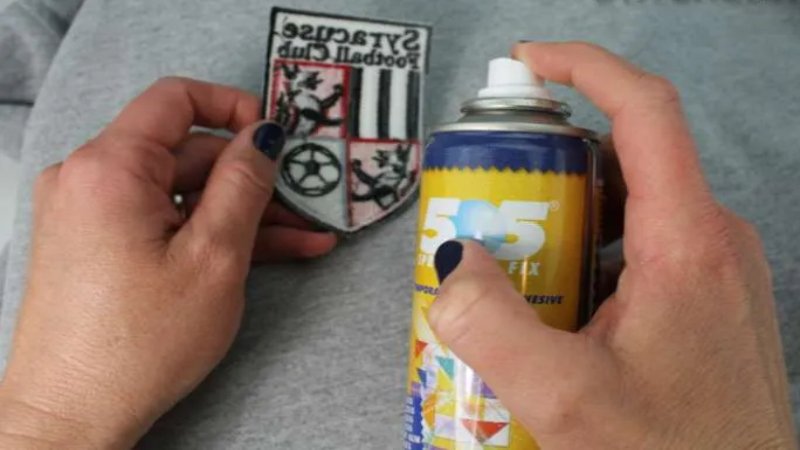
1.2 Preparing the Garment and Choosing Placement
Before application ensure, the garment is clean and wrinkle-free for optimal adhesion. Strategic patch placement enhances the garment’s appearance. Consider design aesthetics, visibility and the garment’s structure to achieve a pleasing effect.
Pre-washing removes any sizing or residues that could interfere with adhesion. Ironing the garment smoothens any wrinkles and creates a flat surface for the patch. This will result in a neater more professional appearance.
2. Step-by-Step Guide to Attaching Patches Without Sewing
2.1 Applying Iron-On Patches: A Detailed Guide
Iron-on patches utilize heat-activated adhesive for easy application. Set your iron to the appropriate temperature for your garment’s fabric. Place the patch on the garment, covering it with a pressing cloth to protect the fabric and prevent damage. Apply firm, even pressure for the recommended time (usually 20-30 seconds). Allow to cool completely before handling to ensure a permanent bond.
For cotton or denim, a medium-high heat setting is typically suitable. For delicate fabrics, use a lower temperature and a thinner pressing cloth. After application, allow the patch to cool completely before removing the pressing cloth. This ensures the adhesive sets properly, creating a lasting bond. You should avoid stretching or pulling the fabric during this cooling period.
2.2 Using Fabric Glue for a Strong Bond
Fabric glue offers a versatile no-sew solution. You can choose a glue appropriate for your fabrics. Apply a thin, even layer of glue to both the back of the patch and the corresponding area on the garment. Carefully press the patch onto the garment, holding it firmly for several seconds to ensure a good initial bond.
Select a high-quality fabric glue designed for the specific fabric types involved. For instance, a permanent adhesive is ideal for patches intended for frequent washing while a washable glue is appropriate for temporary applications.
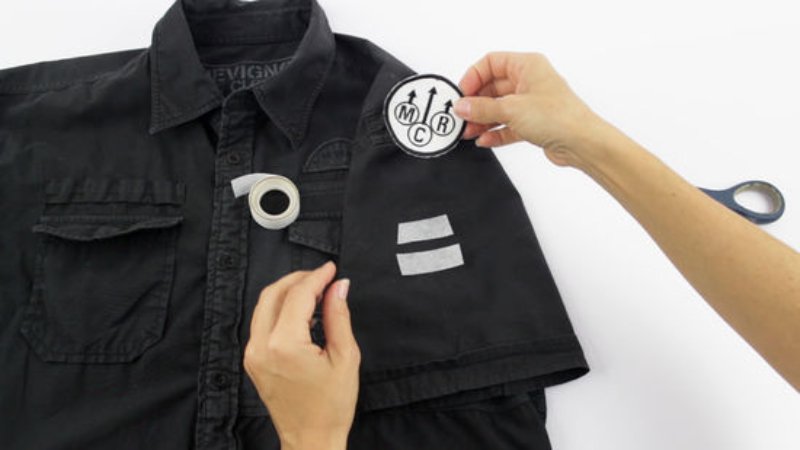
2.3 Attaching Patches with Fusible Web: A Professional Finish
Fusible web, a heat-activated adhesive, provides a strong, professional finish. Cut a piece of fusible web slightly smaller than your patch, or the same size, to avoid a visible adhesive outline. Position the patch on the adhesive side of the fusible web and cover with a pressing cloth.
Use a home iron or heat press at the recommended temperature to bond the patch to the fusible web. Carefully position the bonded patch onto the garment and apply heat and pressure for a secure bond.
Fusible web serves as an intermediary adhesive layer, securing the patch to the garment. Precise temperature and pressure application are crucial for achieving a neat and durable bond. The fusible web becomes activated by heat, creating a robust adhesion that is durable through washing.
2.4 Temporary Patch Attachment Methods: Hem Tape and Double-Sided Tape
Hem tape and double-sided tape offer temporary solutions for patch attachment, although their effectiveness varies. These methods are generally not suitable for frequent washing and are best for short-term use. Hem tape, being a heat-activated adhesive, might offer a slightly stronger bond than double-sided tape but is still considered temporary.
Both can be used for various patch sizes, but their effectiveness depends on the fabric and patch type. Apply the tape to the back of the patch, not directly to the garment, and then adhere the patch firmly to the desired location.
2.5 Attaching Patches with Velcro: A Removable Solution
Velcro allows for easy patch removal and cleaning. Apply a strong adhesive suitable for fabric to the back of the Velcro pieces. Attach one piece to the garment and the other to the back of the patch. This creates a secure yet easily detachable bond. Removable patches offer flexibility for cleaning and customization.

3. Tips for Successful Patch Application and Long-Term Care
3.1 Testing and Troubleshooting: Ensuring a Successful Application
Always test your chosen patch attachment method on a hidden area of the garment first. This allows you to check for compatibility and identify any potential issues before applying the patch to a visible area. For instance, if using glue, check for excess residue and ensure it won’t stain the fabric. Address uneven adhesion by reapplying glue or fusible web as needed.
Testing a hidden area prevents accidental damage to visible sections of the garment and verifies that the chosen method and materials are suitable for your fabric. Adjust application techniques based on the initial test results.
3.2 Caring for Clothes with Patches: Washing and Maintenance
Washing instructions vary depending on the patch attachment method. Garments with iron-on patches generally require delicate cycle washing to prevent damage to the adhesive. For fabric glue, always check the glue manufacturer’s recommendations for washing instructions. Patches attached using fusible web usually withstand machine washing. Avoid harsh detergents and high heat drying.
Hand-washing delicate fabrics is often recommended to prolong the life of the garment and maintain the patch’s adhesion. Avoid harsh detergents that could damage the fabric or loosen the adhesive. Air-drying is better than machine-drying to maintain the quality of both the garment and the patch.
4. FAQs about Patch Application without Sewing
4.1 Can I wash clothes with iron-on patches?
Washing clothes with iron-on patches requires caution. Generally, a gentle wash cycle with cool water and a mild detergent is recommended. Avoid harsh detergents or bleach, which can damage the adhesive. Air drying is preferred to prevent heat damage to the adhesive if machine drying, use a low heat setting.
4.2 What type of glue is best for attaching patches to clothes?
Choosing the right fabric glue depends on the fabric and desired permanence. For most fabrics, a high-quality, fabric-specific adhesive designed for strong adhesion and washability is ideal. For delicate fabrics, a washable glue offering gentler adhesion is recommended.
4.3 How do I remove a patch attached without sewing?
Removing iron-on patches usually involves applying heat with an iron to soften the adhesive, then gently peeling the patch away. However, this can sometimes leave adhesive residue. For fabric glue, the removal process depends on the type of glue.
Some may soften with heat or specific solvents, while others may require careful peeling or scraping. Always test any removal method on an inconspicuous area first. Double-sided tape should peel off relatively easily, but again, residue might remain.
4.4 Will the patch stay on permanently if I don’t sew it?
The permanence of no-sew patch attachment depends on the method. Iron-on patches and those applied with fusible web generally provide a long-lasting bond but may eventually peel under extreme conditions. Fabric glue offers varied permanence based on the type of adhesive used. Temporary methods such as tape are not meant to last.
4.5 Can I use these methods on leather or delicate fabrics?
Applying patches to leather or delicate fabrics requires caution. Fabric glue might damage leather while heat could harm silk or suede. For leather, professional assistance might be necessary.
Read more:
This guide detailed several convenient no-sew methods for attaching patches to clothing: iron-on, fabric glue, fusible web, tape and Velcro. These techniques offer ease and convenience, eliminating the need for sewing skills. Explore your creativity, personalize your style and transform your clothes with patches. Packlove provides a wide selection of high-quality patches and related products to support your projects. We offer custom design options and exceptional customer service. Start your no-sew patching journey today!

